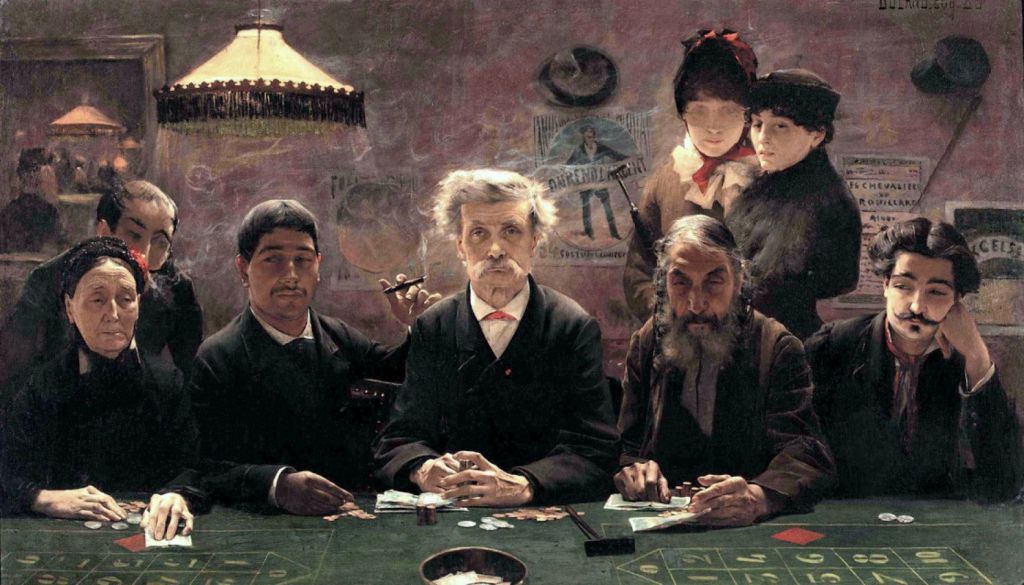This is
a repost from a few years ago that was brought to mind by a book review we will be getting to on Sunday.
Saturday, September 19, 2015
From IEEE Spectrum:
On 31 December 2014, approximately 300,000 people packed Chen Yi
Square on the riverfront of the Bund in Shanghai to watch the New Year’s
Eve light show. The popular, bedazzling event took a tragic turn when
observers on a stairway to the waterfront mistook a sudden shift in
crowd traffic for something more sinister. Panic and confusion caused a chaotic stampede, resulting in 36 dead and about 50 injured.
Jian Ma,
a researcher at Southwest Jiaotong University, in China, is trying to
better understand the events of the Shanghai stampede. “Right now, we do
not have enough insight into why people choose their escape in such an
irrational way,” he says.
Civil engineers have been modeling evacuations during these kinds of emergencies and disasters for decades,
but they haven’t been able to completely capture the way a hammering
heart or a body zinging with adrenaline can alter a person’s behavior
during a crisis. A new approach that integrates the concept of “fuzzy
logic” can make computerized crowds behave more like hysterical humans.
Typically, computers answer questions with an absolute truth (either
yes or no, 0 or 1). Fuzzy logic, on the other hand, understands truth on
a sliding scale, where the answer can be “maybe.” When applied to a
model of pedestrian traffic, it can account for emotions like fear,
panic, and anxiety, and it can show how each variable influences how
fast a crowd evacuates. These fuzzy models can more accurately reflect
pedestrian behavior like that seen during the stampede in Shanghai,
according to Ma.
Ma cochaired a special session on intelligent pedestrian traffic and evacuation dynamics at this week’s 18th IEEE International Conference on Intelligent Transportation Systems (ITSC2015), where several papers investigating fuzzy logic pedestrian models were presented.
One of those studies,
led by a research team at the Polytechnic University of Bari, in Italy,
involved creating an algorithm that incorporated fuzzy perception and
anxiety among people in an evacuating crowd. Although the algorithm
could create many scenarios, the study focused on how pedestrians
evacuated a simulated layout of the Bari International Airport’s first
floor. The engineers programmed different numbers and types of escape
routes, and measured pedestrian flow and evacuation outcome.
“In our opinion, [the simulations] are similar to reality,” says Mario Marinelli, one of the researchers. “We can see the uncertainty in choosing between exits.”
The model could also re-create specific panic-induced behaviors, such
as herding and milling. Traditionally, probability theory has been used
to measure uncertainty in such models, but those models could only
quantify the occurrence of an event—for example, whether or not an
individual in a crowd would make it out of a burning building, according
to Marinelli. They did not capture the properties that fuzzy logic
models can....MORE
One of the more interesting examples of people actually doing the right
thing was the crash of Air France Flight 358 in Toronto. Attempting to
land in really lousy weather the plane went too far down the runway and
into a ravine. There were 309 people on board.
From the
Aviation Investigation Report
Runway Overrun and Fire:
...1.15 Survival Aspects
1.15.1 General
The passenger load comprised 297 passengers: 168 adult males; 118 adult females; 8 children;
and 3 infants. Adult passengers included: three wheelchair passengers and one blind passenger.
Three non-revenue passengers were seated in crew seats: one in the third occupant seat of the
flight deck, and two in the flight crew rest area.
The dynamic loads generated in this occurrence were within range of human tolerance.
However, given the number of serious impact injuries incurred by passengers and crew located
in the flight deck and forward cabin, it is apparent that significant forces were experienced in
those areas of the aircraft.
1.15.2 Runway Excursion
From the time the aircraft left the runway until it came to a stop in the ravine, it bounced
violently and repeatedly, and there were a minimum of three distinct impacts. On each impact,
cabin occupants were propelled upward from their seats, their arms and legs flailing. It is
estimated that approximately 15 to 20 seconds elapsed between the time the aircraft departed
the runway hard surface and it came to a stop in the ravine. The following events occurred during the impact sequence:
- a number of overhead baggage compartment doors opened, uncommanded, allowing
carry-on baggage to fall into the cabin;
- the L2 passenger door opened while the aircraft was moving, sometime after it left
the end of the runway;
- a portable serving table stowed/secured in the forward galley dislodged and fell in
the cross-aisle between the L2 and the R2 exit doors;
- the fire started on the aircraft exterior before the aircraft came to a stop; and
- smoke entered the cabin through the opened evacuation doors before the evacuation
was complete....
- ...
When the plane came to a stop it was discovered that 4 of the 8 exits were unusable:

The flight attendants got everybody, all 309, off the plane in 125 seconds.
Think about that the next time you board and look around at your fellow passengers.
Could they do it?
The picture above was taken two minutes later.






